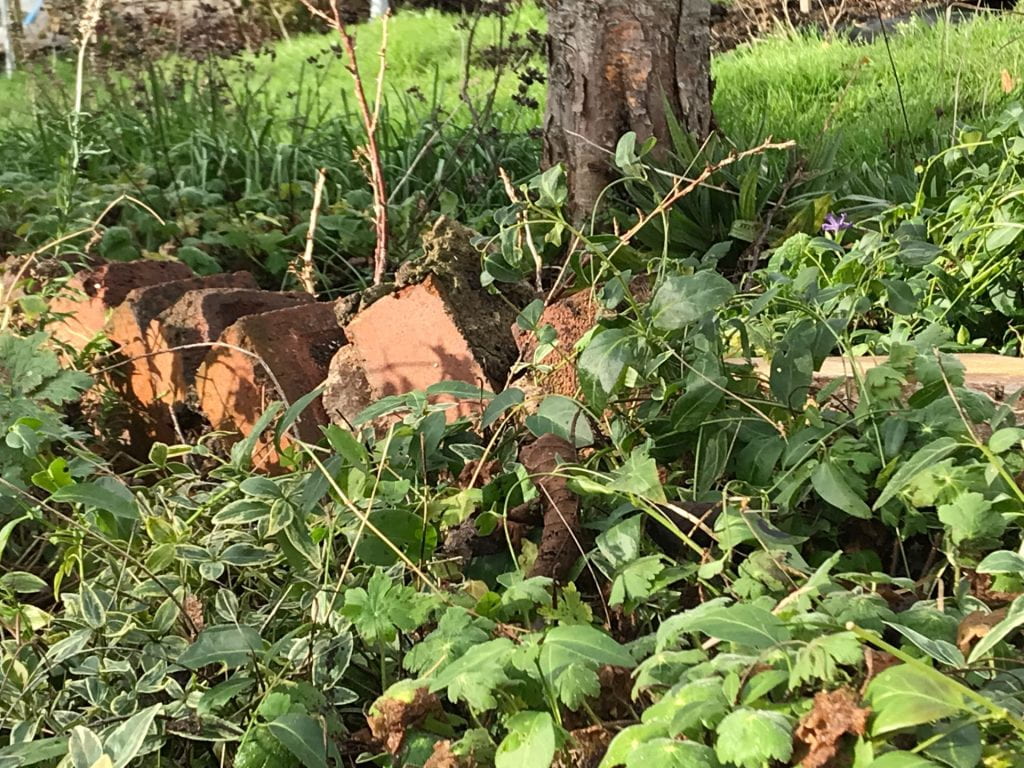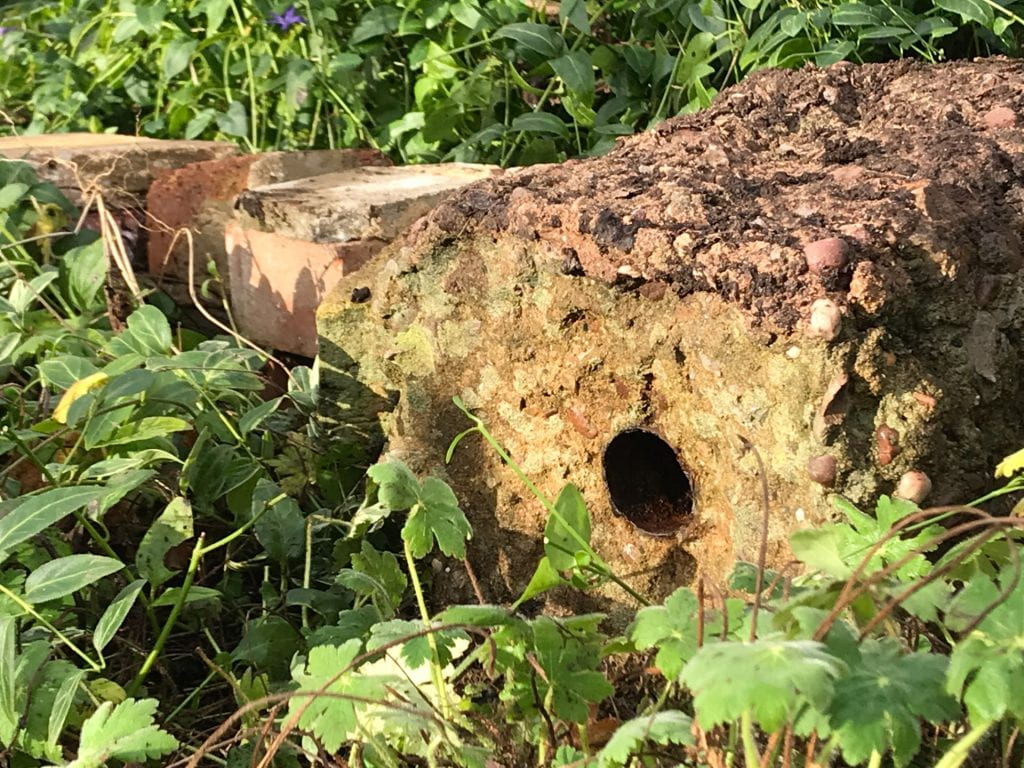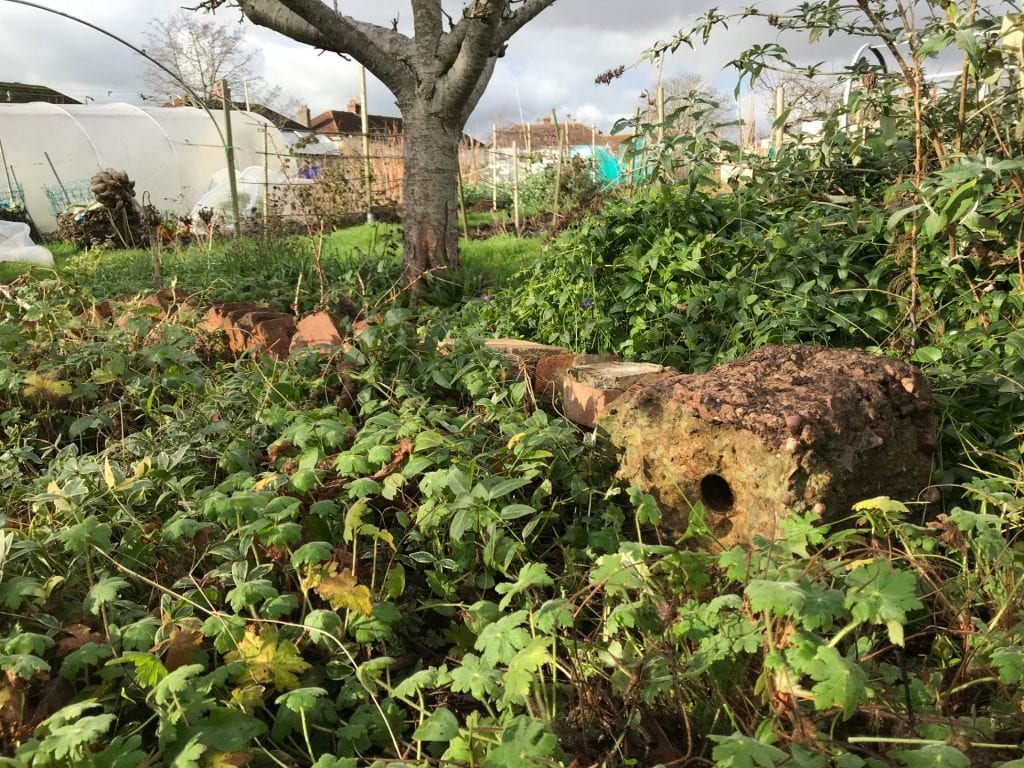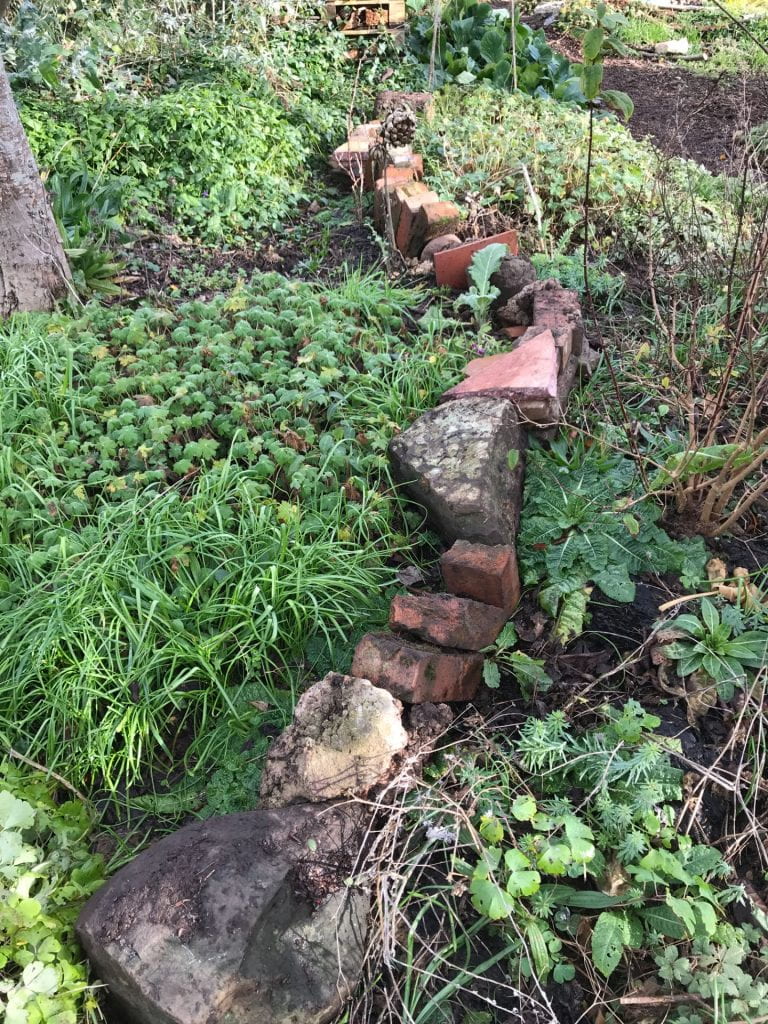Gardens of the High Line by Piet Oudolf and Rick Darke
ELEVATING THE NATURE OF MODERN LANDSCAPES
This is such a fantastic book if you like the look of the High Line Gardens. These are gardens in new York created on the old railway line that is elevated above the city and was descending into disrepair since its closure. Some far-sighted person envisaged a garden and together the landscape architects James Corner Field Oprtsyiond, Diller Scofodia + Renfro and gardener Piet Oudolf created a vision and plan that became reality.
The book is a picture book of the gardens on the High Line throughout the seasons and it shows the hard landscaping and the planting working so well together. I think it is possibly my most favourite garden that I haven’t visited of all time (at the moment) because I love the hard edges of the landscaping and the wild planting.
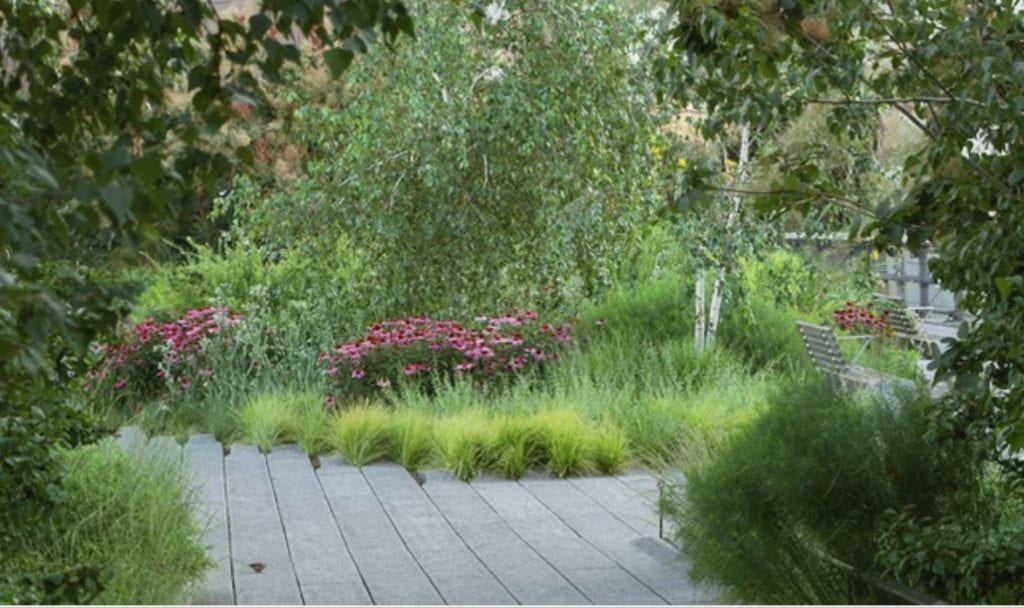
There were two things I took from the book for my garden. Firstly, always be able to articulate the vision and principles for the garden. I am well aware of doing this in my work but hadn’t thought about it from a gardening point of view and it is true. The beds in my garden or on the wildlife plot that are the least successful are the ones where I am not sure what I am doing in them. On the wildlife plot the names of the beds are sometimes a shortcut to what I am doing with them – The Grasses Bed – but I have one unnamed bed that I just stick all the leftover plants in and it looks a mess. At home in the garden I am slowly moving to be a bit wilder and this needs articulating about what I mean for each border and bed and the garden as a whole.
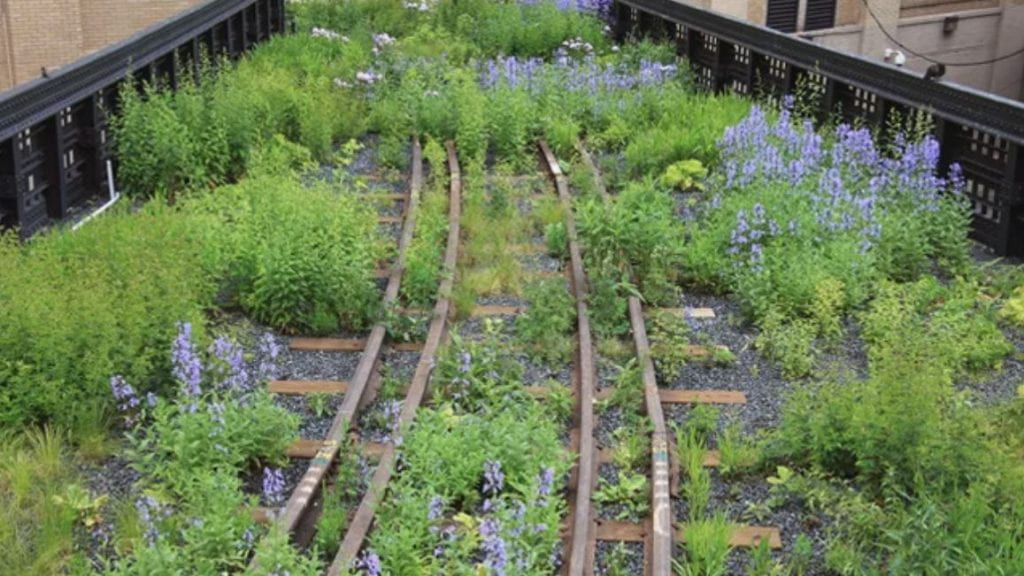
I love the way the tracks have been relaid and the planting appears through them in parts of the garden. Some of the tracks have also been used as sculptural items and I like that too. Context is everything here – the context being industrial but wild land.
An example of articulating the vision of the garden is of the Chelsea Thicket. Here a sense of enclosure was required with fragrance playing a key part of the experience. The ground is to be covered in a carpet of herbaceous plants that act as a mulch and prevent weeds from becoming too prolific. This has been achieved through the planting of trees that enclose area and then shrubs such as viburnum, winter hazel, fothergilla and witch hazels to name a few that provide the fragrance. Underneath these are planted sedges, hakonchloa, spring vetch and fumewort. This is a classic layered woodland.
The most essential skill to possess, whether designing or conserving layered landscapes, is the ability to observe and articulate the patterns
p227
The second thing I took from the book are plants to try out – I garden on sand and therefore some of the limitations they have on soil depth and dryness make the plants quite suitable for me. Once I have worked out and articulated the vision for my gardens and beds, then I will go back through the book and identify some plants to try. Easy to try plants would be spring vetch (Lathyrus vernus), Frosted Violet coral bells (Heuchara ‘Frosted Violet’) and sedges (Carex bromoides) as an understory.
This is a book I will return to time and time again, to lose myself in the pictures and to try and recreate a small part of it in the soil I tend.
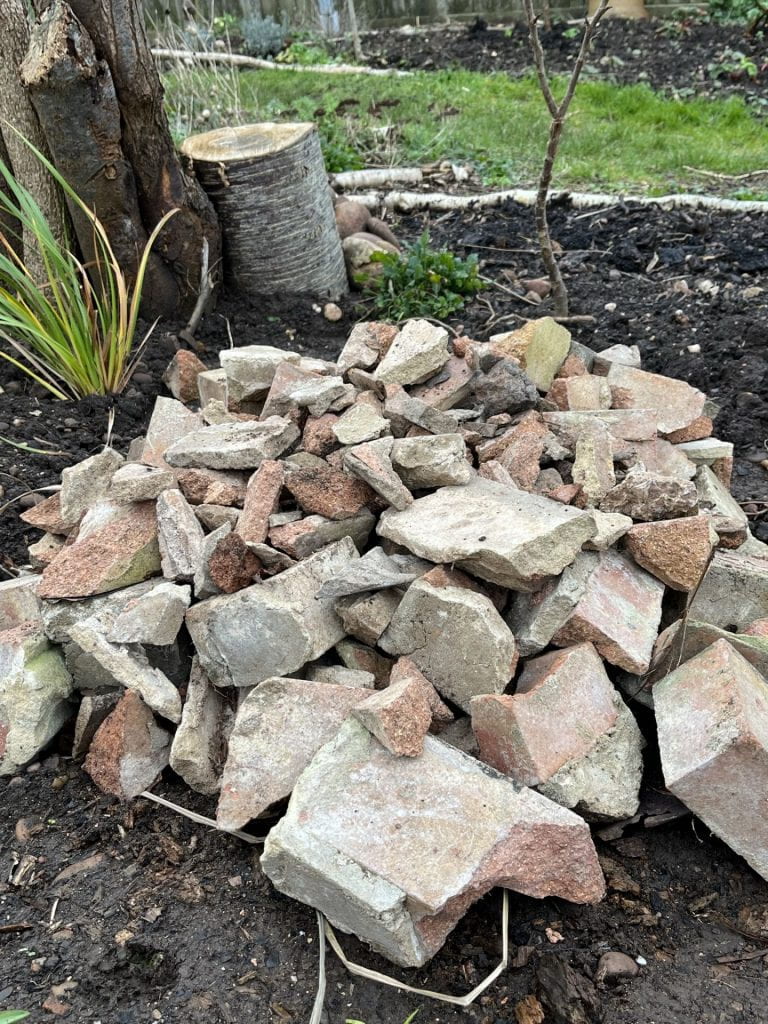
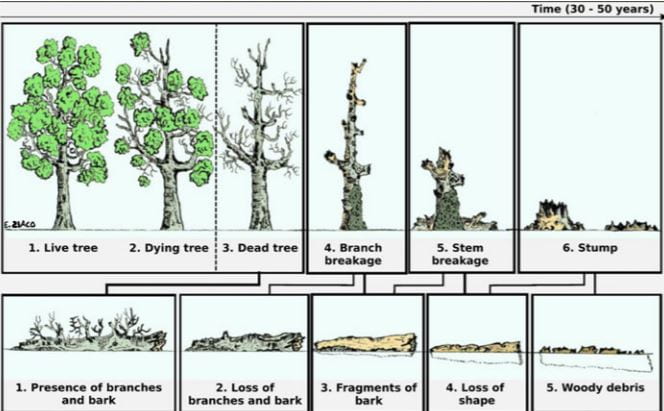
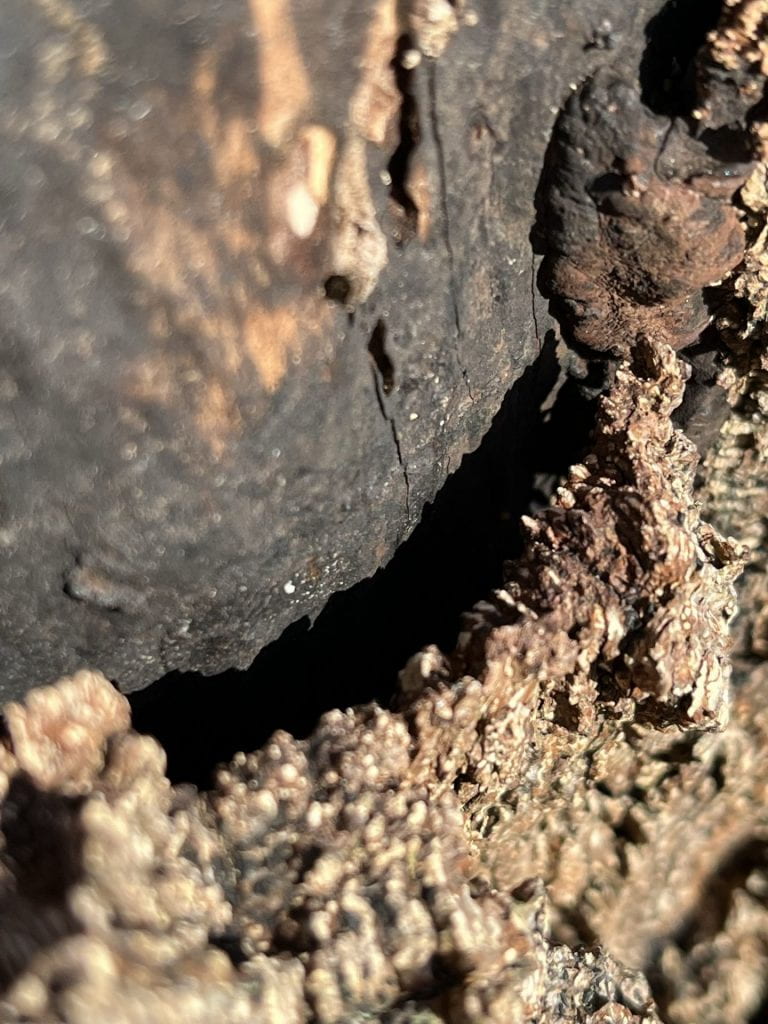
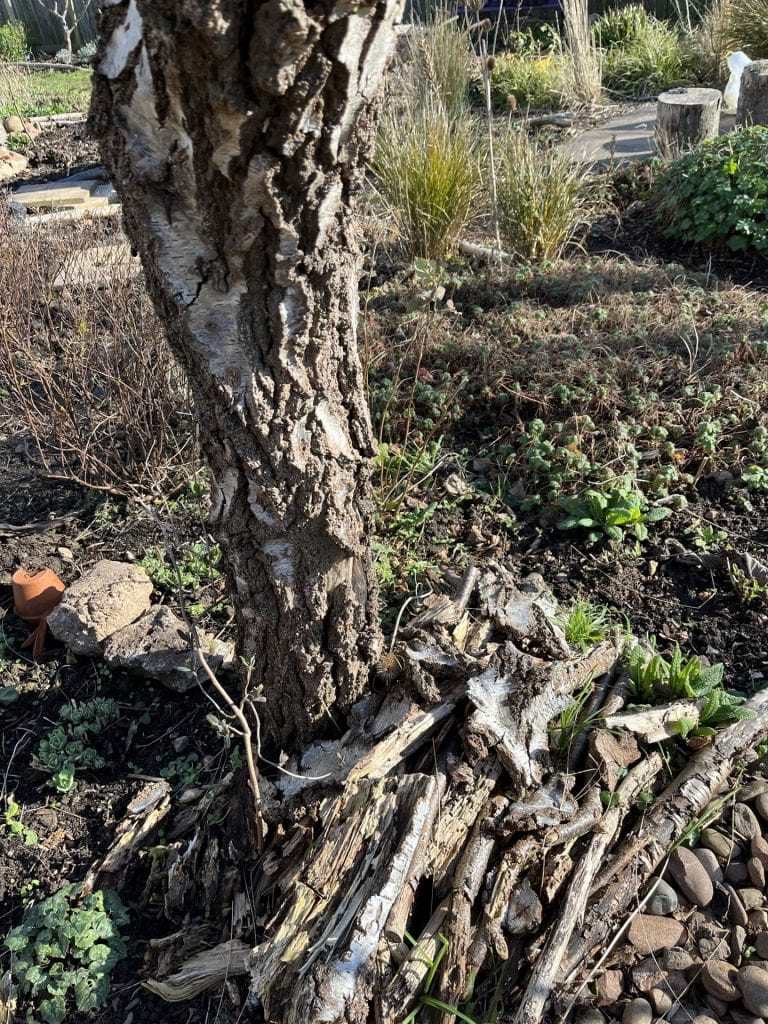
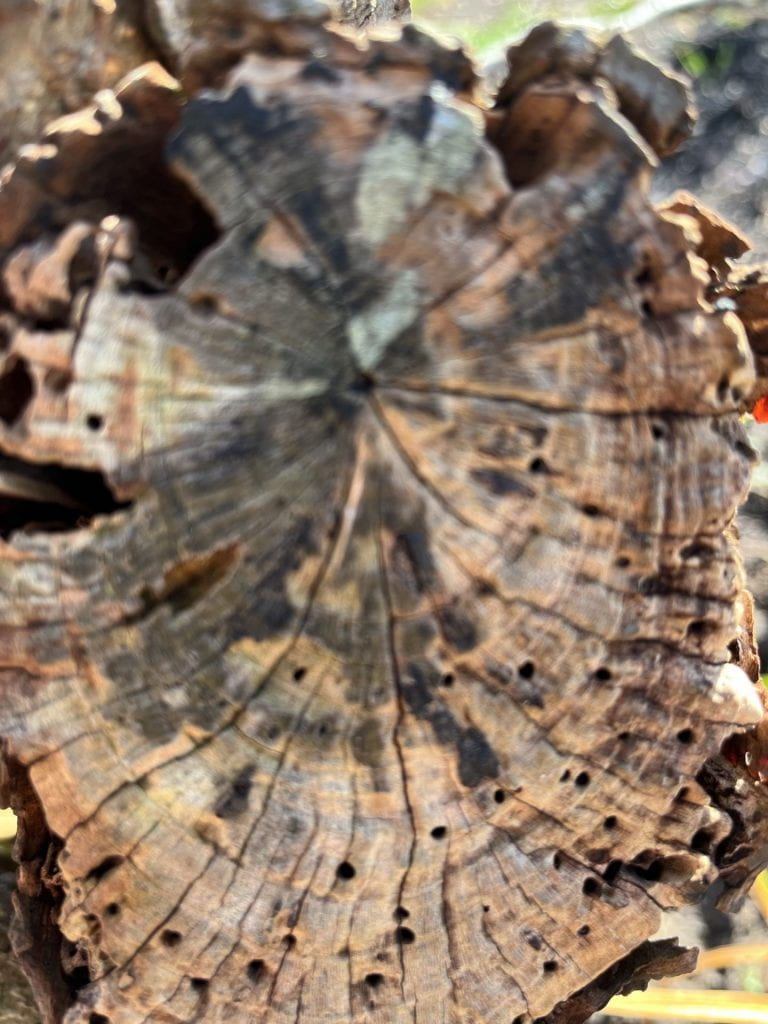
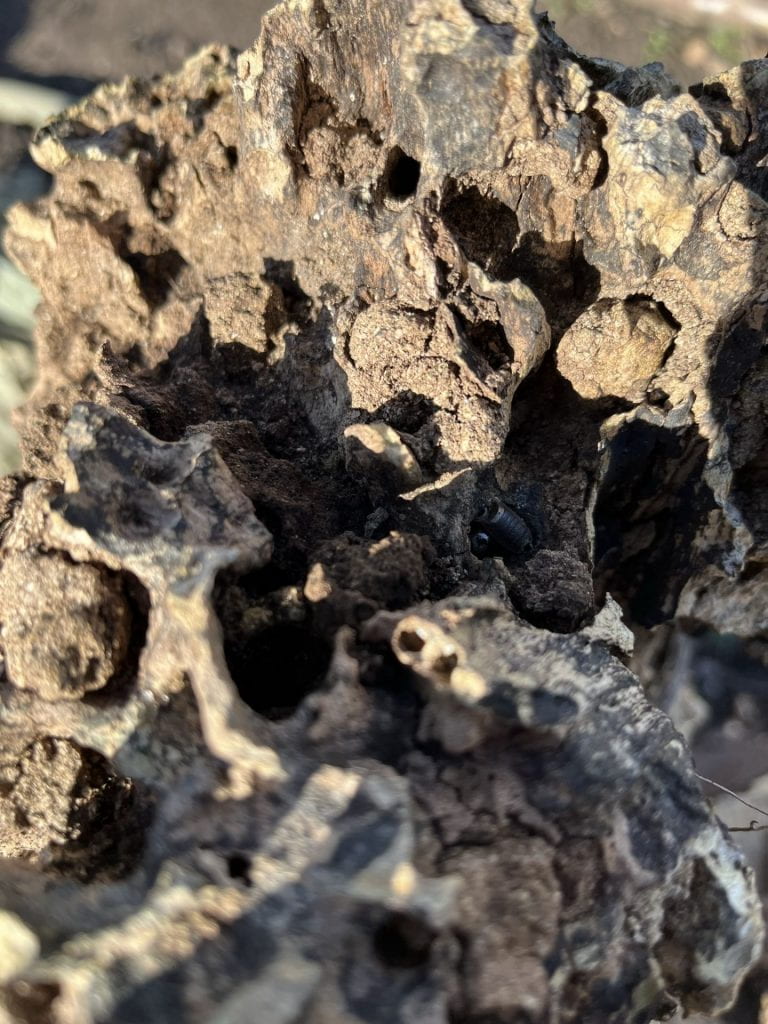
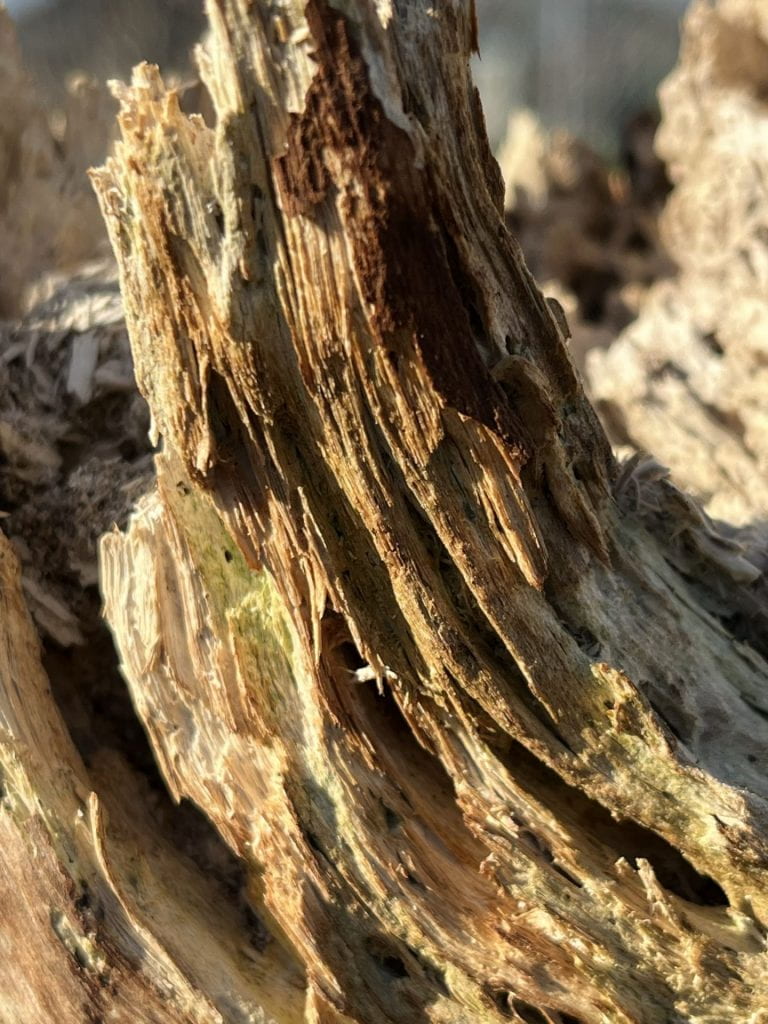
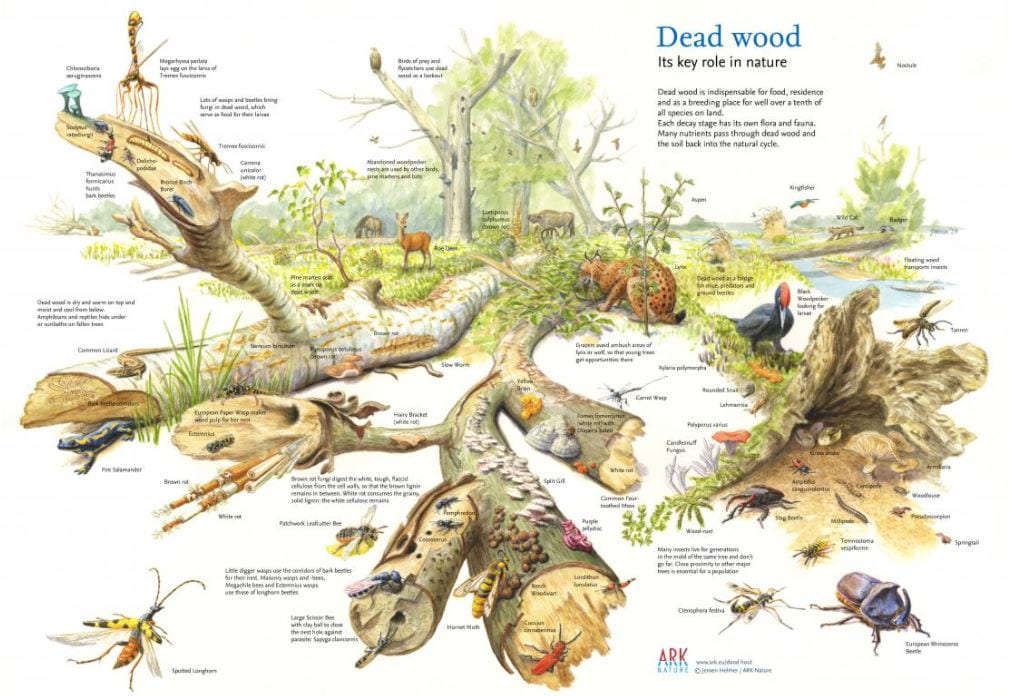
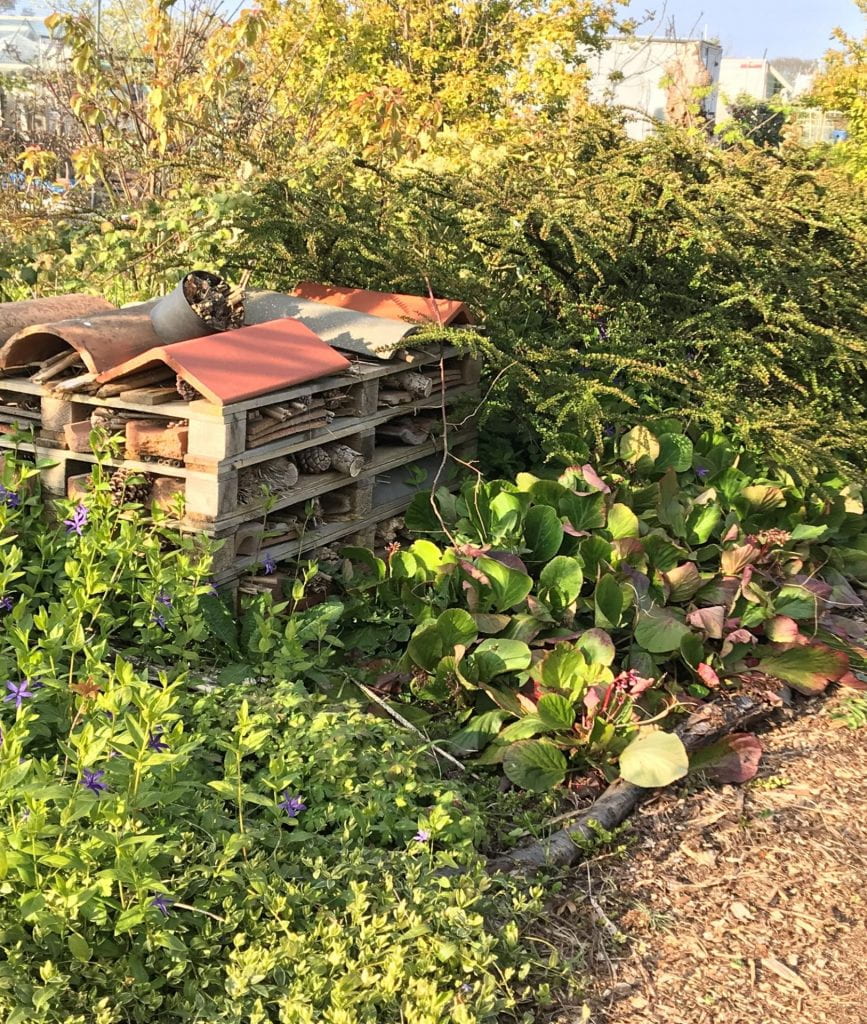



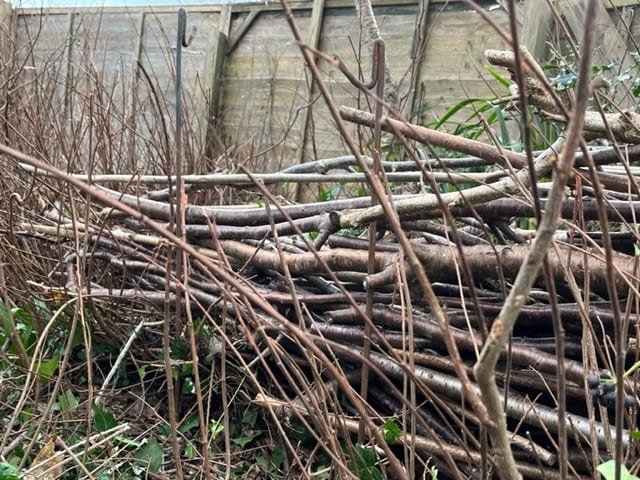
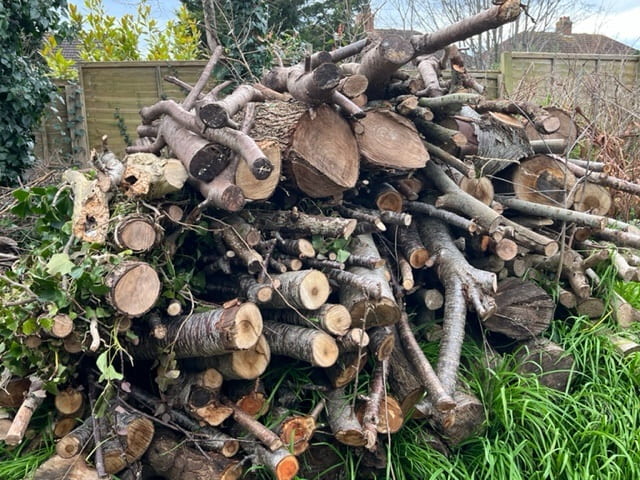
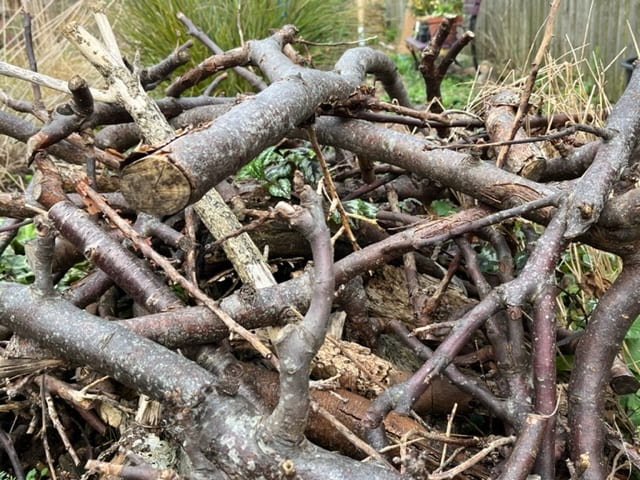
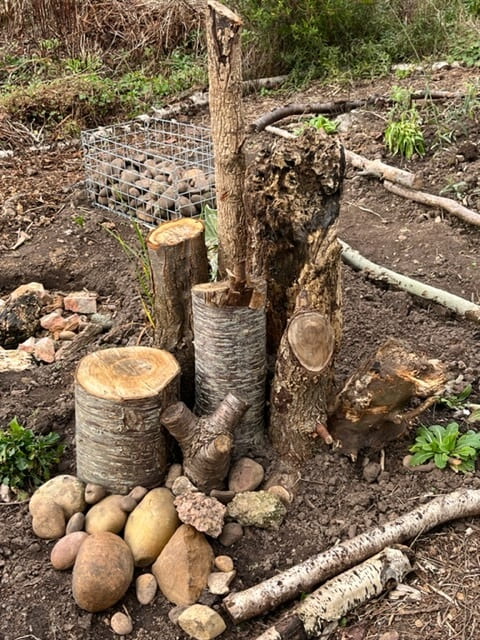

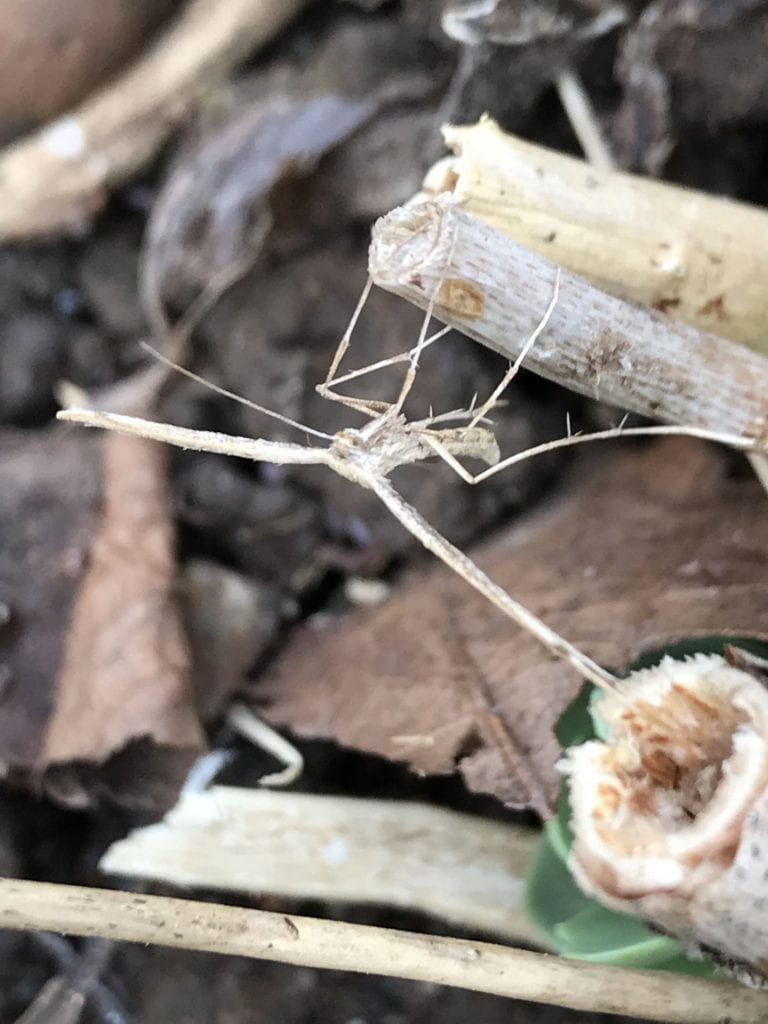
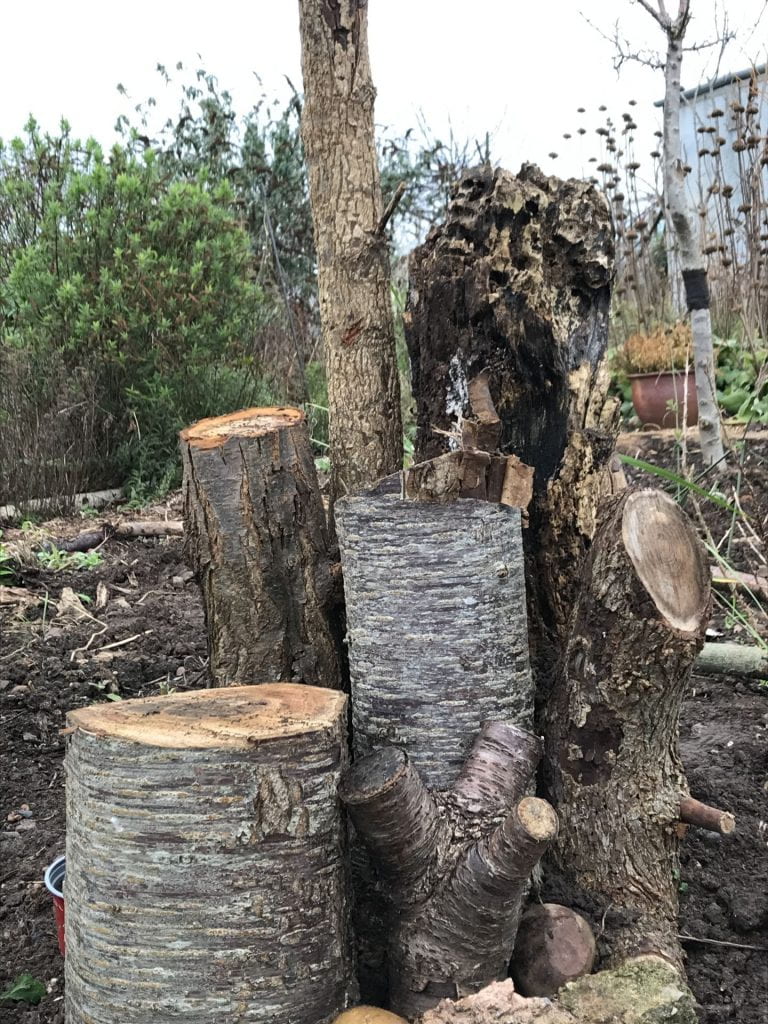
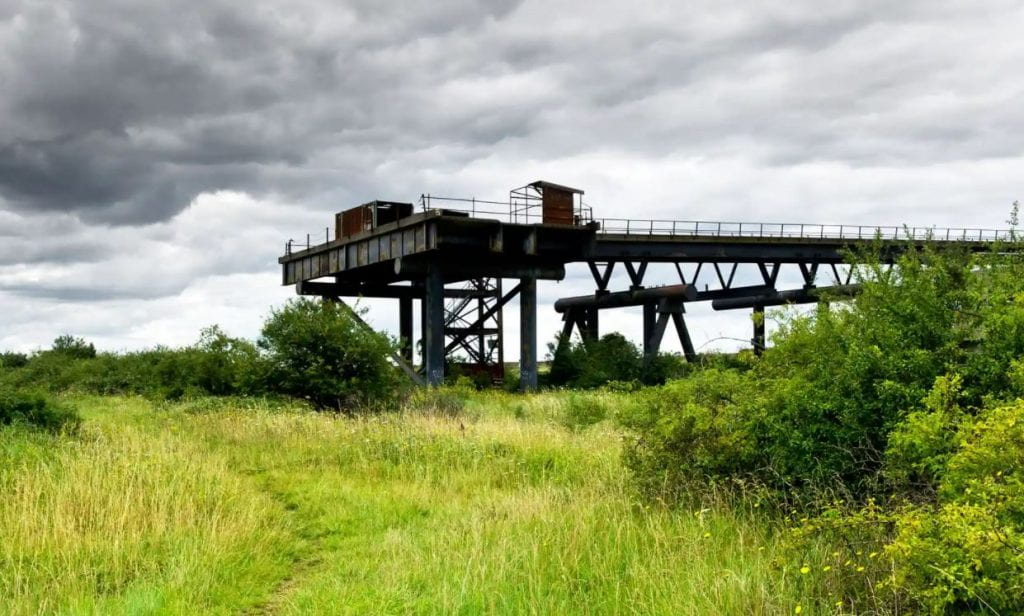
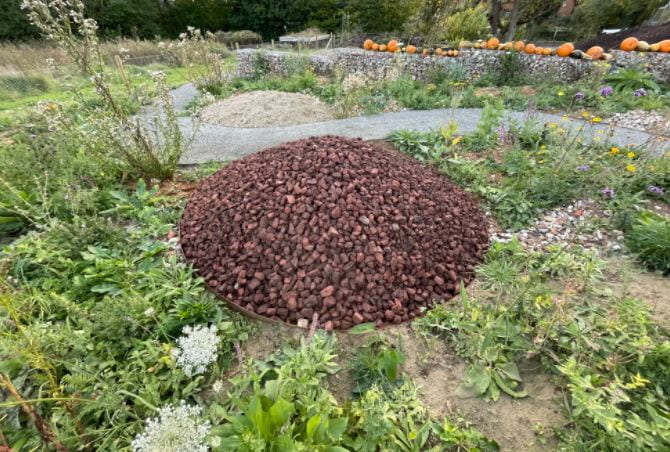
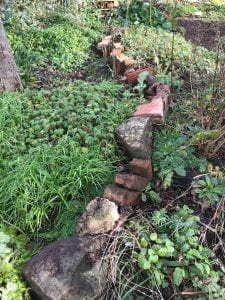 My first idea is to build a dry rubble wall that snakes through the Thugs Bed. I did start to build it at the front of the bed but then had a nightmare about children falling on it and cutting themselves open – easily done as it has sharp edges. So, after much thought I have moved it into the bed where it will probably be much more suited to the bugs. The bed faces south so the wall should warm up in the sun and critters can sun themselves on it. It’s not really warm enough at the moment but it will be.
My first idea is to build a dry rubble wall that snakes through the Thugs Bed. I did start to build it at the front of the bed but then had a nightmare about children falling on it and cutting themselves open – easily done as it has sharp edges. So, after much thought I have moved it into the bed where it will probably be much more suited to the bugs. The bed faces south so the wall should warm up in the sun and critters can sun themselves on it. It’s not really warm enough at the moment but it will be.